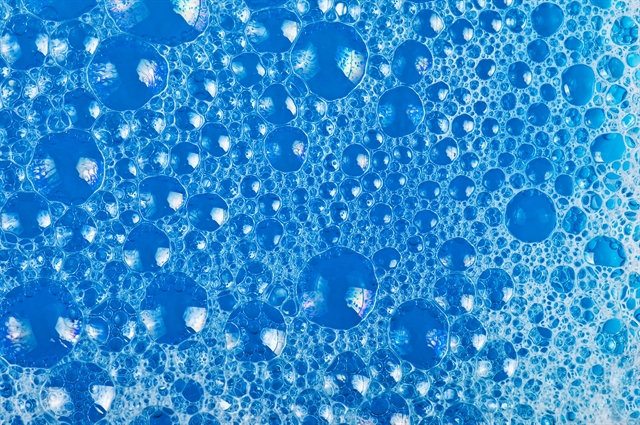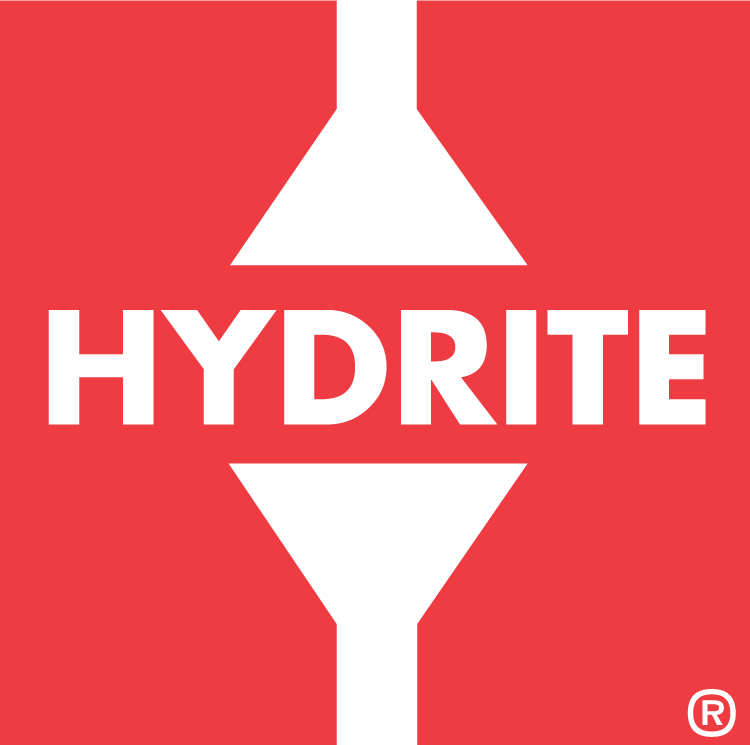Defoamers Antifoams
How Does Foam Control Work?
While foam may have a relatively simple appearance, it results from several interacting physical, chemical, and biological processes. Therefore, the key to foam control lies in understanding the various characteristics of your facility’s foam risks and selecting the appropriate antifoam or defoamer to counteract foam-producing interactions.
People often use the terms antifoam and defoamer interchangeably. The proper use of the terms should apply more to the application of the chemistry. When chemistry is added to a system to prevent or lessen future foaming, it is being utilized as an antifoam. When chemistry is used to combat foam as it forms, it is referred to as a defoamer.
Foam control chemistry consists of various raw materials with each bringing a unique characteristic to the overall formula. Foam control chemistry should spread rapidly throughout a foaming system to create differential surface tension across the bubble surfaces resulting in weak spots that “burst." Small hydrophobic particles in the foam control formula de-wets the bubble surfaces and prevent reformation of that bubble by disrupting the Marangoni effect.
Managing Foam Buildup in Your Facility
Most industrial processes that involve the mixing or transfer of liquids run the risk of unwanted foam generation and buildup. Foam forms as air is entrained into liquids though mechanical agitation during processing. This entrained air can subsequently become excessive surface foam and lead to loss of plant efficiency. Poor foam control can result in equipment damage, decreased product yield, reduced process efficiency, and environmental pollution. Foam spillover can also cause excessive downtime in your facility and additional costs as a result of ensuing cleanup operations. Thus, implementing proper foam control techniques, including successful use of antifoams and defoamers, will improve your production process.

Hydrite Defoamer & Antifoam Solutions
Hydrite offers a comprehensive selection of general-purpose and food-grade foam-control products for a wide range of industrial and food processing operations. Our water-dispersible foam suppressors include a variety of water-based, glycol-based, and silicone technologies that inhibit or eliminate existing foam.

Industrial Manufacturing
Our unique foam-control products benefit numerous industrial applications. Hydrite offers competitive solutions to foam in major applications where foam can be a serious impediment to manufacturing quality materials. We offer products that will help alleviate foaming in these areas and help you, the customer to deliver high-quality products.
Foam Control Applications in Industrial Manufacturing
Foam Control Products in Industrial Manufacturing
- SUPPRESSOR 1723 – Versatile and highly concentrated foam control product for various industrial processes from downhole drilling to pulp & paper.
- SUPPRESSOR 2233 - specialty foam control agent that works very well in most paint and coating systems.
Food and Beverage Production
Defoamers are commonly used in food and beverage processing to control foam. Foam can negatively impact the quality of food and beverages by altering texture, taste, and appearance. By controlling foam, producers can ensure consistent quality in their products. Foam can also slow down production by causing spills, clogs, and other disruptions. By minimizing foam, producers can increase production efficiency and reduce downtime.
Foam Control Applications in Food & Beverage Production
- Organic Food Processing (vegetables, fruit, egg)
- Grain Processing (wet corn milling, soy protein, pea protein)
- Fermentation (yeast, ethanol, amino acids, alcohol, enzymes)
- Vegetable Processing (wash, transport, cleaning)
- Dairy Processing (whey, cheese, milk)
- Beverage Processing (juice, soda, specialty drinks)
- Meat and Poultry (rendering)
Foam Control Products in Food & Beverage Production
MCA 8123S
MCA8123S is a minimal maintenance foam control for potato processing.
SUPPRESSOR 3112
Suppressor 3112 is a 10% kosher-approved, formaldehyde-free, silicone emulsion for food production processes. This product is specially formulated for rapid knockdowns and persistent foam control.
SUPPRESSOR 3130
Suppressor 3130 is a 30% kosher-approved active silicone emulsion designed to conform to standards and specifications related to food contact applications.
SUPPRESSOR 3415
Suppressor 3415 is a proprietary blend designed for use in potato processing areas.
SUPPRESSOR 3533
Suppressor 3533 is a formulated product designed specifically for sugar processing.
SUPPRESSOR 3583
Suppressor 3583 is a 100% active, non-silicone antifoam formulated especially for controlling foam in specialty cheese production.
Why Choose Hydrite?
Effective foam management requires thorough analysis of foam-producing agents along with accurate measurement of existing foam to determine optimal antifoam formulations and dosages. Hydrite’s experienced in-house chemists can evaluate your facility and help determine the best antifoam solutions for you. We also provide a range of laboratory services and professional detailing of results and recommendations.

Contact Us
Contact our technical support team for more details about our foam control products.
